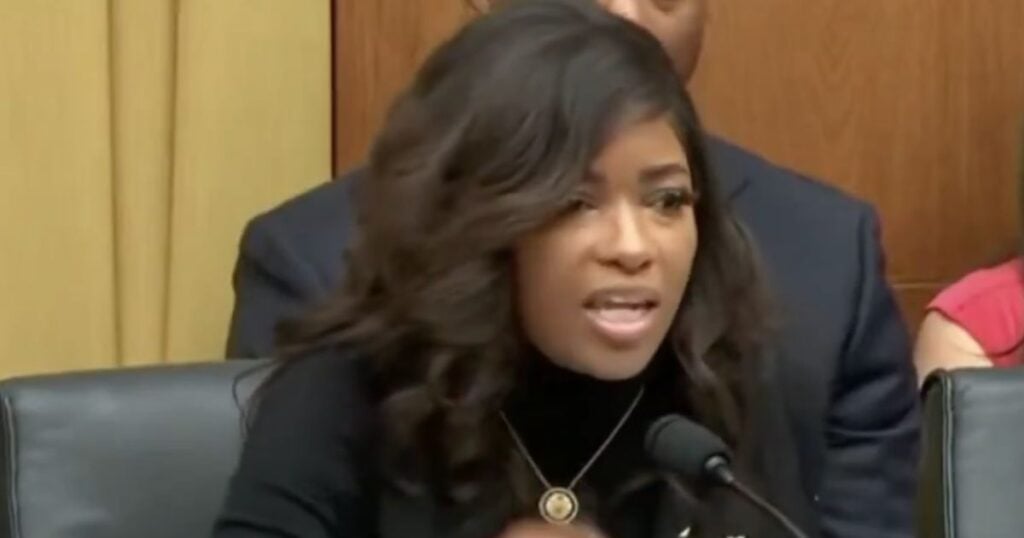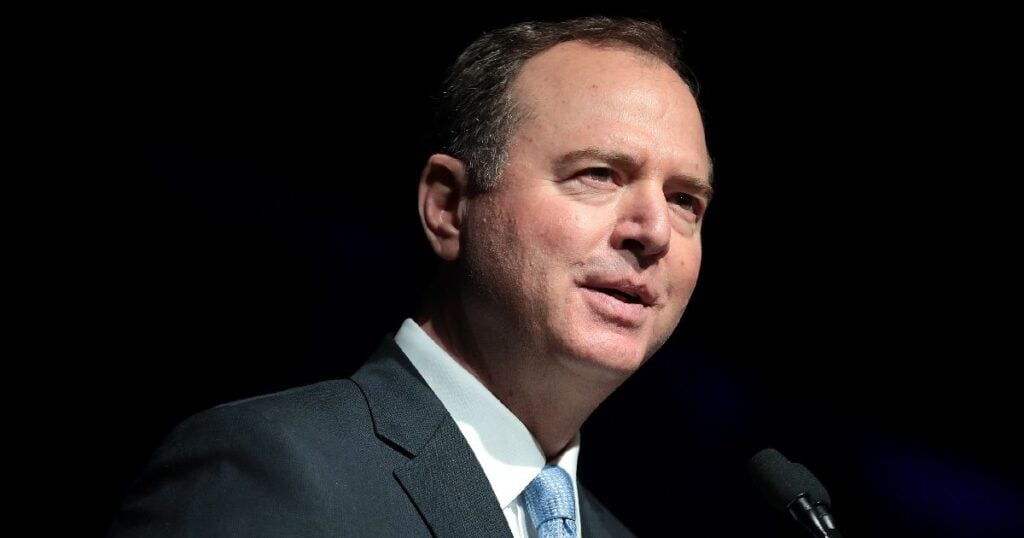President Trump has signed a new executive order to address the nation’s homelessness crisis by redirecting federal funding toward treatment and institutional care instead of ineffective programs.
The order emphasizes safety, recovery, and long-term solutions while drawing sharp criticism from progressive groups.
Key Facts:
- President Donald Trump signed an executive order on Thursday aimed at reducing homelessness in America.
- The order targets an estimated 274,000 people sleeping on the streets nightly, a figure attributed to the Biden era.
- Trump’s order prioritizes public safety and humane treatment through institutional care, addiction recovery, and mental health support.
- U.S. Attorney General Pam Bondi is tasked with enabling local governments to relocate homeless individuals into treatment facilities.
- The order bans federal support for programs that fund illegal drug use or injection sites.
The Rest of The Story:
The executive order begins by painting a grim picture of homelessness in America, placing blame on the policies of the Biden administration.
It cites a record 274,000 people sleeping outdoors on any given night and criticizes the billions of dollars spent with little improvement.
President Trump’s order shifts focus toward getting people off the streets and into institutions where they can receive mental health and addiction treatment.
“The overwhelming majority of these individuals are addicted to drugs, have a mental health disorder, or both,” the order states.
White House Press Secretary Karoline Leavitt explained, “By removing vagrant criminals from our streets and redirecting resources toward substance abuse programs… individuals suffering from addiction or mental health struggles are able to get the help they need.”
The move faced immediate backlash.
The National Homelessness Law Center labeled the order as dehumanizing and based on “racist myths,” while left-wing figures like podcaster Jim Stewartson likened it to “concentration camps,” accusations the administration strongly denies.
Commentary:
This executive order is a long-overdue shift toward real-world solutions to homelessness.
For years, government programs have poured billions into temporary shelters and superficial aid with no measurable improvement.
Trump’s plan attempts to change that by getting at the root causes: addiction and untreated mental illness.
Instead of merely clearing camps or moving people from one location to another, this policy gives local authorities the tools to place people into meaningful, long-term care.
Many individuals living on the streets are in desperate need of treatment—something short-term shelters or “harm-reduction” programs cannot provide.
The order’s ban on funding injection sites and programs supporting illegal drug use is a direct rejection of policies that normalize or enable dangerous behavior.
Instead, it redirects funding toward facilities focused on recovery and reintegration into society.
Despite what activists claim, the proposal doesn’t call for rounding up homeless people and locking them away without due process.
The reference to “civil commitment” is rooted in long-standing legal processes that prioritize medical and psychological evaluations, not forced incarceration.
Accusations of racism or echoes of authoritarianism are not only inflammatory—they distract from the actual intent of the policy: to help those most in need and restore public order.
Comparing treatment centers to “concentration camps” is not only false but deeply disrespectful to history and the people truly suffering today.
Rather than being punitive, this order offers a path to stability for individuals who’ve been failed by soft-on-crime and soft-on-recovery policies.
The idea is to equip states with resources to provide real care, not just cosmetic solutions.
If implemented thoughtfully, this could represent a major shift in how America addresses chronic homelessness—by helping people reclaim their lives through treatment, not tents.
The Bottom Line:
Trump’s new order addresses the soaring homelessness crisis by offering long-term treatment options and prioritizing safety for communities.
While critics have lashed out with extreme rhetoric, the plan centers on recovery, accountability, and proper use of federal funds.
The policy rejects failed approaches of the past and instead pushes for tangible solutions that could improve lives and public spaces across the nation.
Read Next
– Gavin Newsom, California Democrats Plot Illegal Gerrymander To Increase Number of Dem House Seats
– Soros-Funded Groups Throw Support Behind GOP Bill Offering Legal Status to Millions









